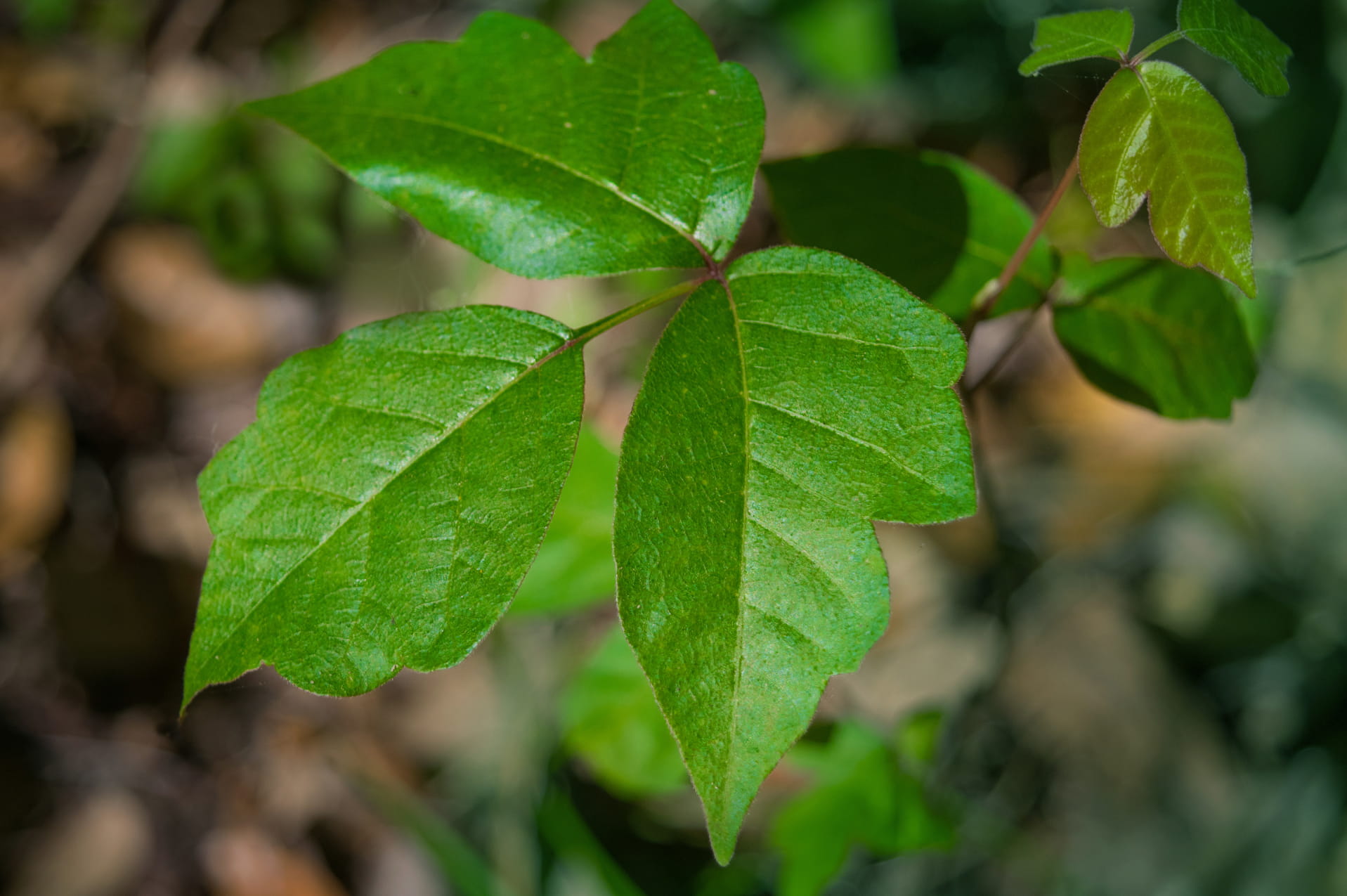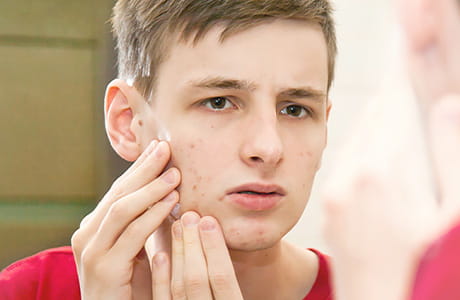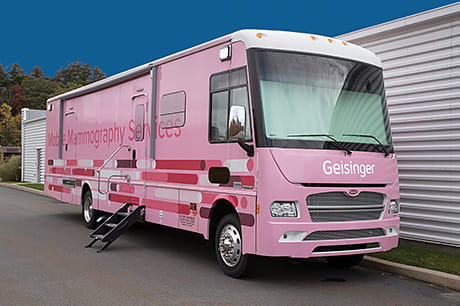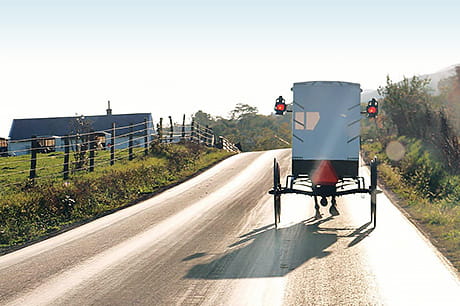How to deal with poison ivy
It’s a pain — literally — but knowing how to manage poison ivy symptoms can make your experience a little less miserable.
What is poison ivy?
Poison ivy, along with poison oak and poison sumac, contain urushiol oil. The oil is found in the plants’ leaves, stems and roots. All it takes is a slight brush on the skin, and you’re in for a world of itching and blisters.
“Quick action after contact can make a big difference in how widespread the rash becomes,” says Ashley Lewis, MD, Geisinger primary care physician.
Symptoms of poison ivy
If you’ve come in contact with a poisonous plant, your symptoms may include:
- Redness
- Swelling
- Itching
- Blisters
- Fever
Typically, you’ll start to itch before any redness or rash appear. Eventually, blisters will form on the affected area(s) and will break and crust over. Symptoms can begin to show hours to days after exposure.
“Contrary to popular belief, poison ivy rashes are not contagious from person-to-person contact,” says Dr. Lewis.
However, it’s possible for someone to get a rash if they touch an object (think clothing, garden tools, pets, etc.) that has the plants’ oils on them.
If you do accidentally touch a toxic plant here are a few things to do immediately afterward:
- Don’t touch or rub the area.
- Remove affected clothing and wash separately in hot water.
- Rinse the area thoroughly to remove as much toxin as possible. You can wash with rubbing alcohol, dishwashing soap or detergents. Wash frequently to prevent oils from spreading, keeping the area cool and clean.
- Apply duct tape on the affected area, then pull it off to remove any hair.
Treatment for poison ivy
Treatment for poison ivy can mostly be done at home. The annoying itch can last from one to three weeks, and longer if the affected area is widespread. Here are a few tips to help ease symptoms:
Keep the affected area cold to reduce itching and irritation. You can use oatmeal packs or baths or cool compresses. Calamine lotion or hydrocortisone cream can also reduce blisters and swelling. But don’t apply anything to broken skin and open blisters.
Use over-the-counter antihistamines like Benadryl to slow the allergic reaction.
When it’s an emergency
Sometimes a rash caused by poison ivy can be more than just an annoyance. You might want to see a doctor if:
- The rash is severe and widespread.
- Your skin isn’t improving after several weeks.
- You have a fever greater than 100 degrees.
- The rash spreads to your eyes, mouth or genital area.
- The blisters ooze pus.
“Your primary care physician can prescribe medications like antihistamines or oral corticosteroids to help control the itch,” says Dr. Lewis. “In severe cases, antibiotics may be necessary.”
If you have difficulty breathing or lose consciousness after coming in contact with poison ivy, call 911 right away.
How to avoid getting a rash
Knowing how to identify common causes of rashes and blisters is the first step toward avoiding contact.
Poison ivy – Look for its trademark “leaves of three.”
Poison oak – Watch for hairy leaves, yellow flowers and fuzzy green-and-white berries.
Poison sumac – The most poisonous local plant, which grows as a small tree. Never burn it, because breathing the smoke can be life-threatening.
Also, take time to wash garden tools after use. If you think you’ll be working in an area that might have poison ivy, wear long sleeves and pants tucked into boots. Wash your clothes after you’re done, too.
Next steps
Not sure how to treat a rash? See a healthcare provider virtually
Rattlesnake bite: What to do if it happens to you
Meet Ashley Lewis, MD





